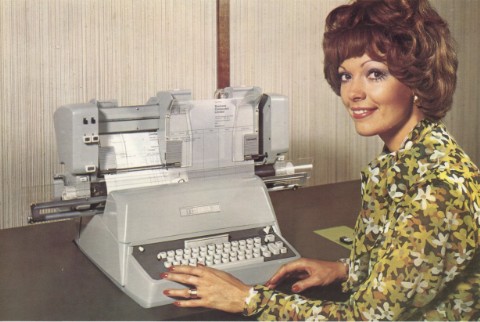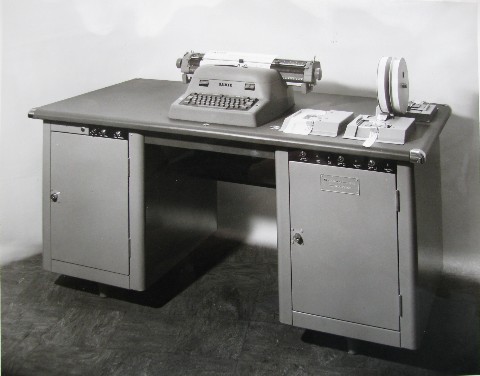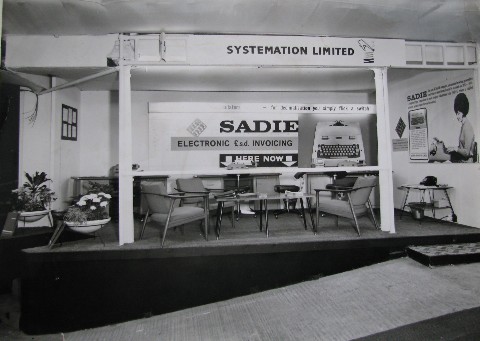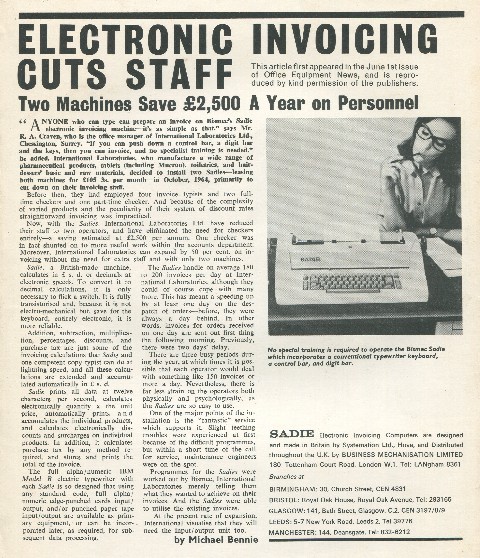SADIE - Sterling and Decimal Invoicing Electronically
SADIE was a programmable computer with a limited instruction set, with programs hard-wired into the machine. Aside from a wire delay line, there was no memory in the machine.
SADIE was designed to automate the production of sales invoices. For the operator it appeared to act as a combination of a typewriter and a calculator, but looked like a normal office typewriter. The operator would manually type the invoice header with details of the customer, delivery address, invoice number and date as normal.
Each line of the invoice body would then be typed by the operator moving from one column to another across the page using the tab key.
The operator would enter the line number, the product description, the unit sales price and any applicable discount.
When tabbing to the last column in the line, the device would calculate the total line value, taking into account the number sold, the unit price and the discount level.
At the end of the invoice, the operator would instruct the device, using a push button, to print the total invoice value.
Previously many of the small business users of SADIE would have completed these operations in individual stages, often being carried out by different people. The invoice would be part-typed, then passed to a clerk who would calculate the line value, then the figures would go back to the typist to complete the invoice.
Importantly, SADIE could be switched between Sterling and Decimal – a point made strongly in the advertising for the
product as the machine was launched just prior to the UK switch to decimal currency.
SADIE was a relatively inexpensive machine that changed what was a complex and error-prone task into one that could
be completed by a typist who did not possess particular accounting skills. It provided an instant return on investment for its users and was very popular.


SADIE with a paper tape station
By recording all the invoices generated using SADIE on to paper tape, the tape would then be forwarded to a bureau for processing and the production of customer statements. I wonder how many customers actually did this?
SADIE Sales Brochure
Systemation Stand at BEE, Olympia in 1963 showing SADIE


Customer report on SADIE
